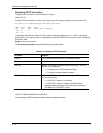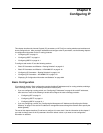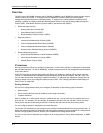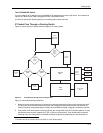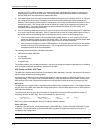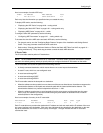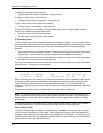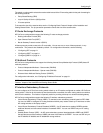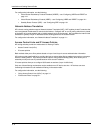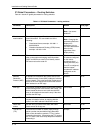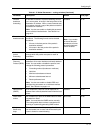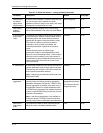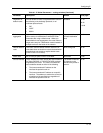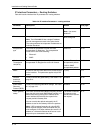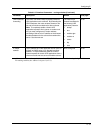
Installation and Getting Started Guide
For configuration information, see the following:
• Virtual Router Redundancy Protocol Extended (VRRPE) – see “Configuring VRRP and VRRPE” on
page 12-1.
• Virtual Router Redundancy Protocol (VRRP) – see “Configuring VRRP and VRRPE” on page 12-1.
• Standby Router Protocol (SRP) – see “Configuring SRP” on page 13-1
Network Address Translation
HP’s chassis routing switches support Network Address Translation (NAT). NAT enables private IP networks that
use nonregistered IP addresses to connect to the Internet. Configure NAT on an HP routing switch that is placed
at the border of an inside network and an outside network (such as the Internet). NAT translates the internal local
addresses to globally unique IP addresses before sending packets to the outside network.
For configuration information, see “Network Address Translation” on page 11-1.
Access Control Lists and IP Access Policies
HP routing switches provide two mechanisms for filtering IP traffic:
• Access Control Lists (ACLs)
• IP access policies
Both methods allow you to filter packets based on Layer 3 and Layer 4 source and destination information.
ACLs also provide great flexibility by providing the input to various other filtering mechanisms such as route maps,
which are used by BGP4. ACLs also provide the input for Policy-Based Routing (PBR), which allows you to
selectively modify and route IP packets based on their source IP address.
IP access policies allow you to configure QoS based on sessions (Layer 4 traffic flows).
Only one of these filtering mechanisms can be enabled on an HP device at a time. HP devices can store
forwarding information for both methods of filtering in the session table.
For configuration information, see the following:
• “Using Access Control Lists (ACLs)” on page 3-1
• “Policies and Filters” on page C-1
6 - 8



